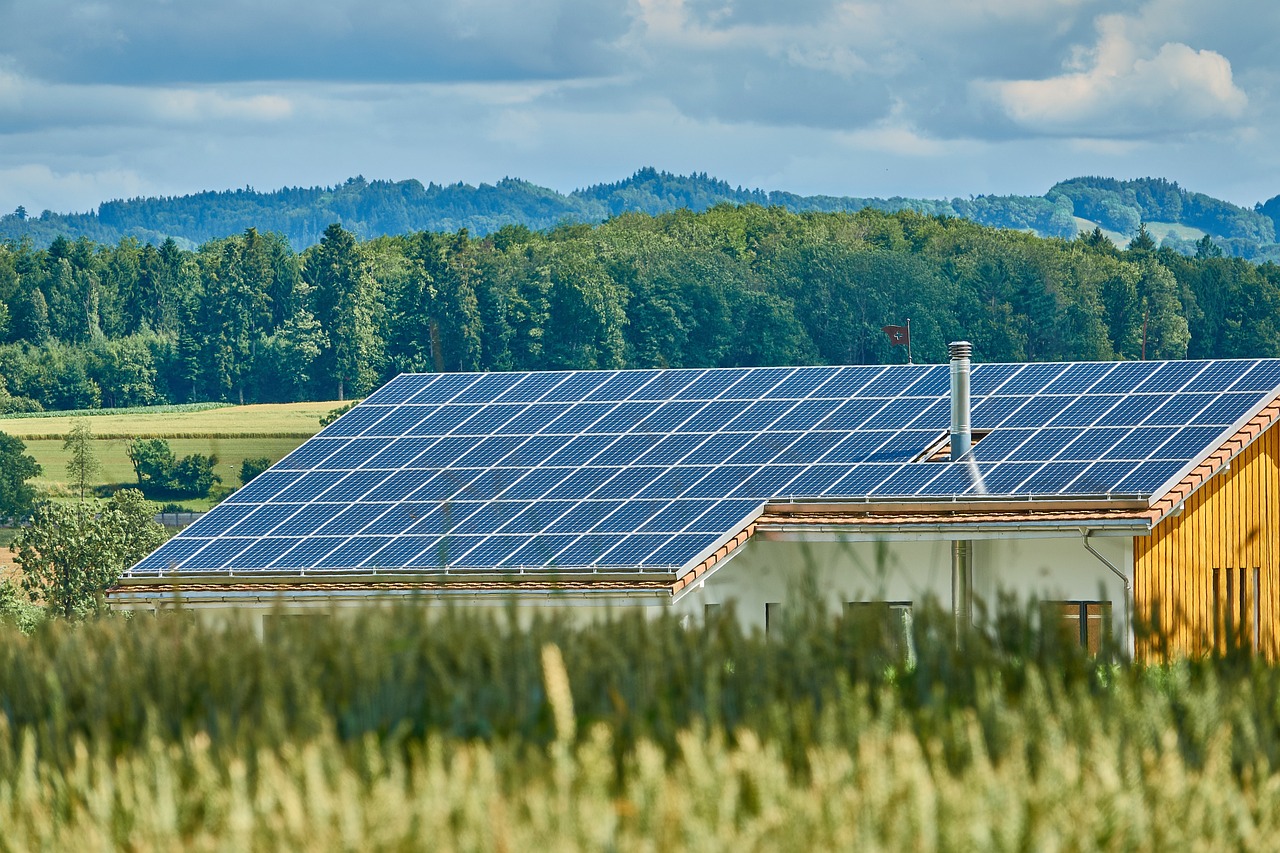In our journey toward a greener, more sustainable tomorrow, the spotlight increasingly shines on renewable energy, with solar power at the forefront. This bright prospect offers a real chance to curb climate change’s negative effects while lessening our reliance on dwindling fossil fuel stocks. At the core of solar power’s success is a seemingly modest yet transformative piece of technology: the solar inverter. Tucked away within solar setups, it plays a critical role in converting sunlight’s raw power into the electricity that energizes our homes, businesses, and industry sectors. For those curious, here’s why solar inverters are key to our future.
Understanding the Solar Inverter
Central to any solar energy system is the solar inverter, the underrated powerhouse converting solar panels’ direct current (DC) output into alternating current (AC) electricity. This conversion is crucial as AC electricity is what powers our gadgets, appliances, and the wider electricity grid. Essentially, solar inverters make solar energy usable, meeting the demands of our day-to-day electricity consumption.
Diverse Inverter Types
The solar inverter landscape is marked by two main types: microinverters and string inverters. Microinverters are attached to individual solar panels, offering precise control and efficiency by overcoming issues like shading or panel mismatch. String inverters, on the other hand, connect panels in series, optimizing the power output from multiple panels at once. While string inverters are more budget-friendly, microinverters excel in efficiency, ease of monitoring, and installation.
Strengthening Energy Grids
Solar inverters play another crucial role in enhancing our energy grids’ resilience. By enabling distributed solar systems, they help decentralize power generation, ensuring local communities remain powered during grid outages or disasters. This decentralization not only provides a layer of energy security but also supports the continuity of critical services during emergencies.
Technological Evolution
Solar inverter technology has seen rapid evolution, moving from basic devices to sophisticated systems featuring advanced semiconductor technology, power electronics, and digital controls. Innovations like maximum power point tracking (MPPT) allow solar panels to operate at peak efficiency under varying sunlight conditions. This technological leap has been possible through professional installation and maintenance, highlighting the importance of expert involvement.
Integration with IoT
The integration of solar inverter technology with smart technologies and the Internet of Things (IoT) has opened new horizons. Smart inverters enable remote monitoring, control, and optimization, facilitating a more synchronized and adaptable energy grid that can easily incorporate renewable energy sources.
Societal Benefits
The impact of solar inverters extends to economic and social spheres, spurring job creation and economic growth within the solar industry. From production and installation to maintenance and research, the sector is a vibrant source of employment and innovation, contributing to local economies and advancing renewable energy technologies.
Future Prospects
Looking ahead, solar inverter technology holds immense promise, with ongoing research aimed at enhancing efficiency, reliability, and affordability. Explorations into new materials and the integration of energy storage systems point to a future where solar panels, inverters, and batteries create resilient, clean energy systems.
Recognition and Support
The critical role of solar inverters in achieving sustainability goals is increasingly recognized by governments, businesses, and individuals. Through policies, incentives, and strategic investments, there’s a growing commitment to integrating solar energy solutions, reflecting a broader dedication to environmental stewardship and sustainability.
In essence, the quiet yet pivotal role of solar inverters is foundational to the renewable energy revolution, embodying human ingenuity and a collective commitment to a future in harmony with our planet.











